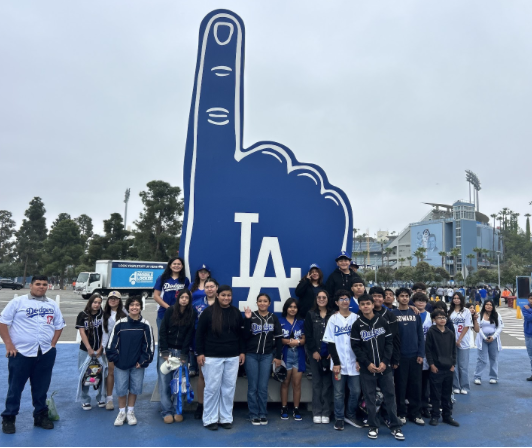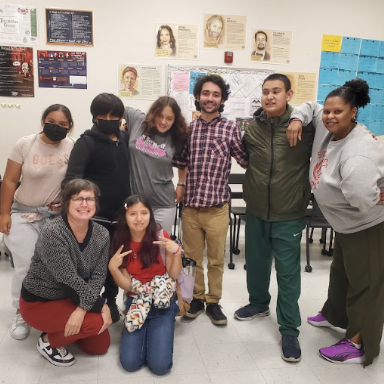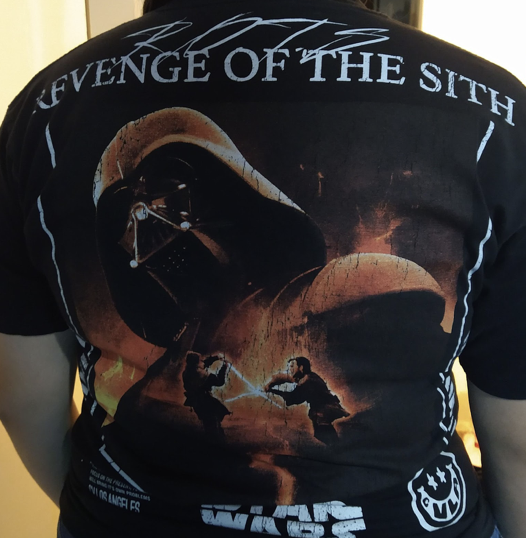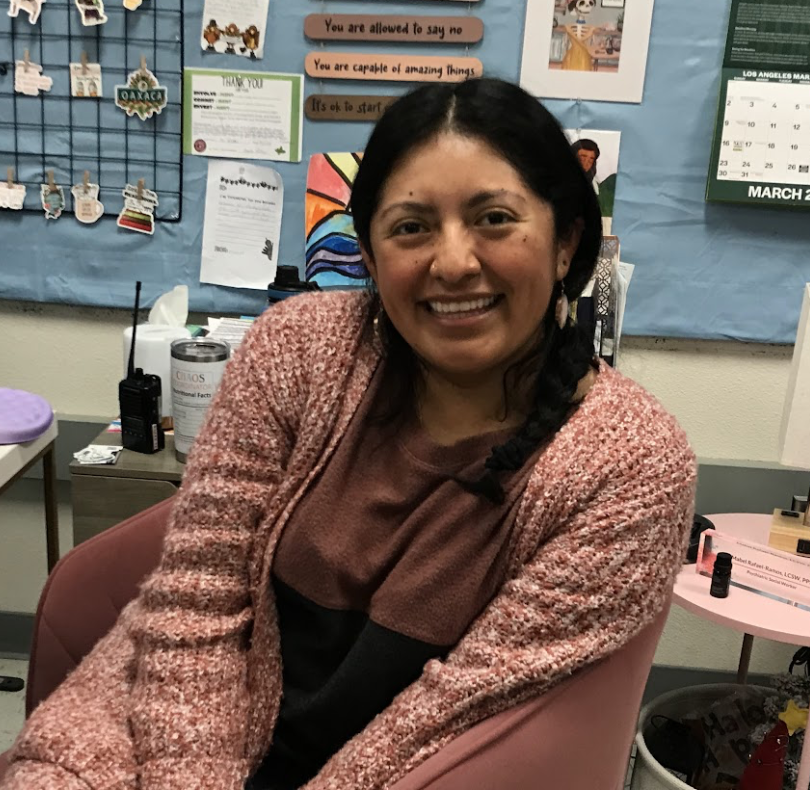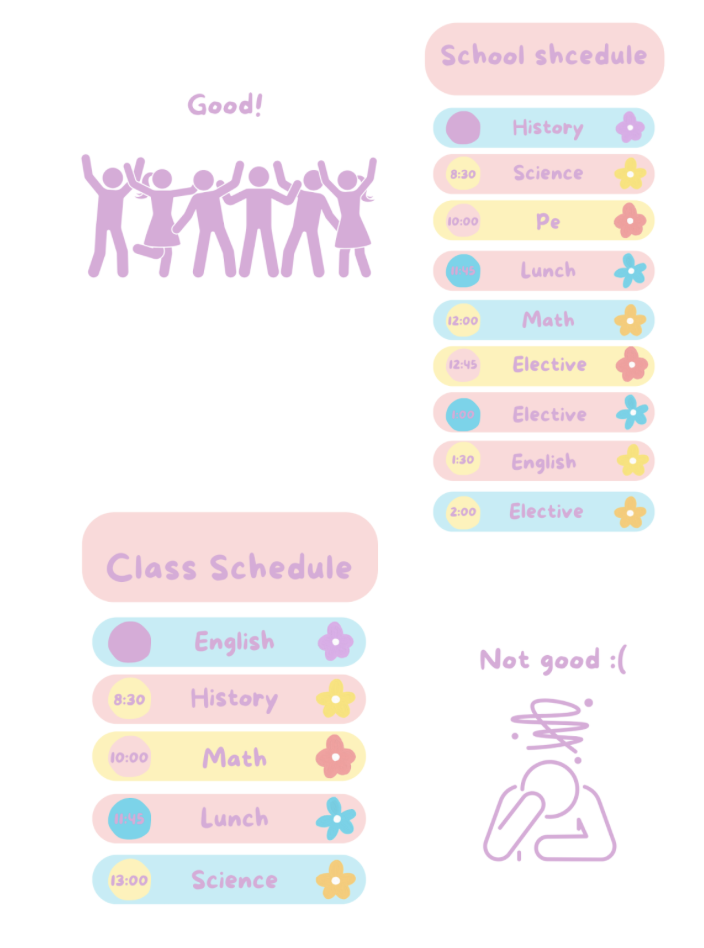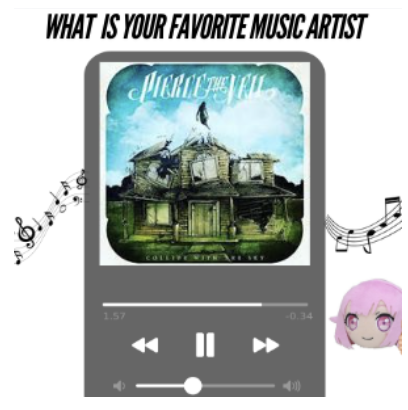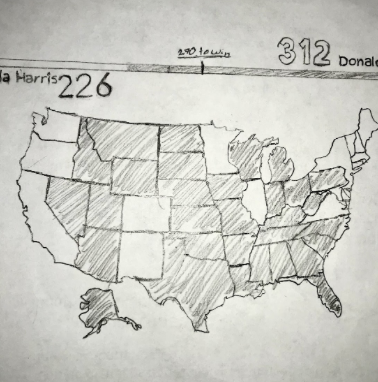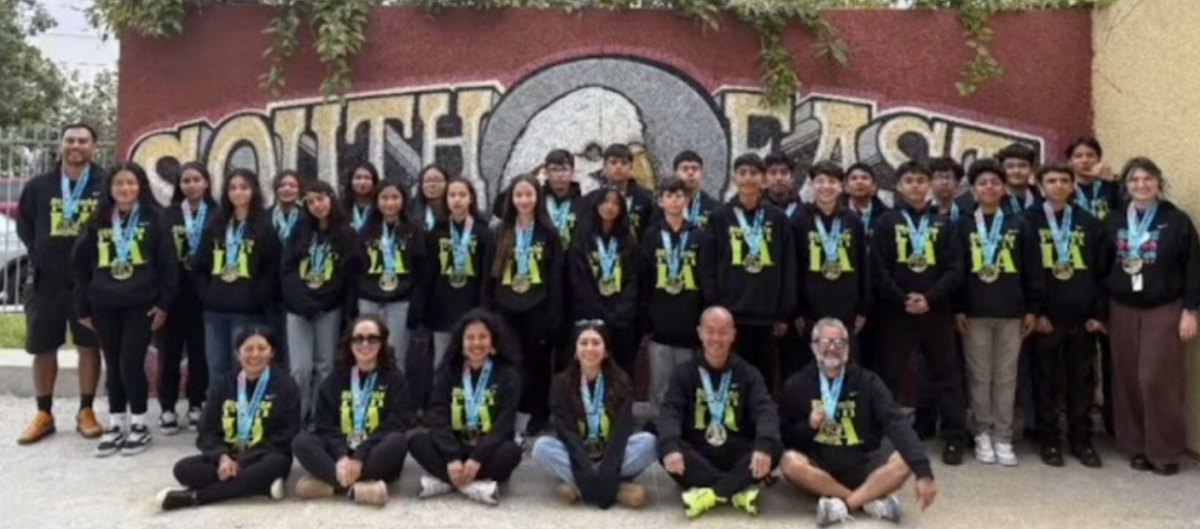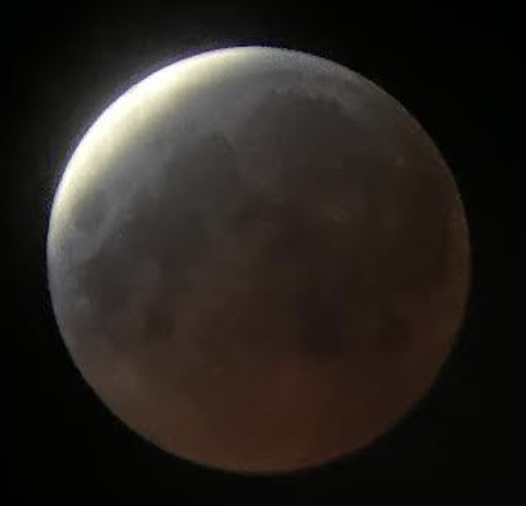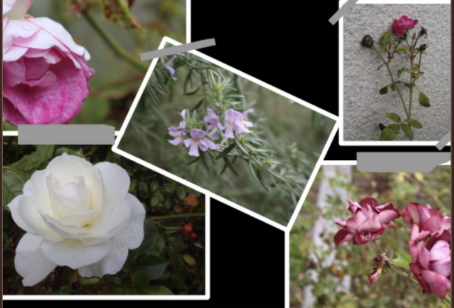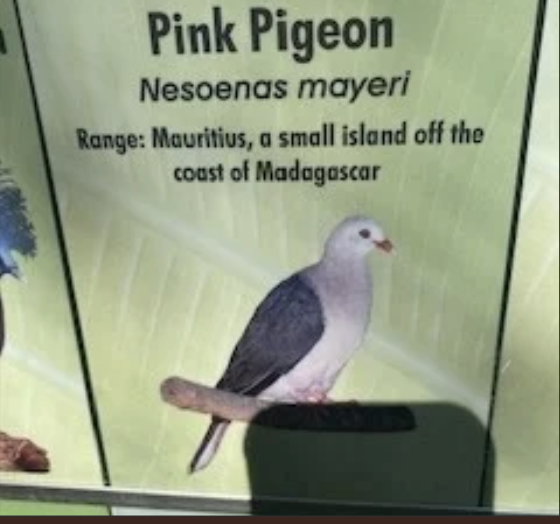Why did you choose to be a zoo keeper?
Shawn said he chose to be a zookeeper because as a child he always had a deep passion for animals and an interest in the connections people can build with animals when they give themselves the time and thoughtfulness to try and experience the world through their eyes.
Do you have a specific title as a zoo keeper?
I don’t just watch Platypus all day, but I make sure that they are getting the care that they need each day in addition to some of the other awesome species I get to work with like Kangaroos, Bats, Tree Kangaroo, and even the Platypus’ closest relative, Echidna.
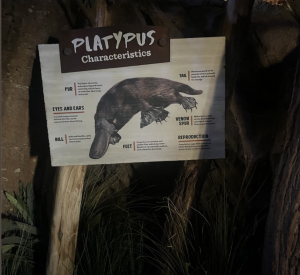
What can you do to help this animal?
To help our individual Platypus each day we make sure that their pools are clean and that their nest boxes are well kept, we try to present their food in interesting ways to make it more fun for them to eat. For the species as a whole though, one of the biggest challenges to Platypus in the wild would be trash and other pollutants from us humans making their way into the water. While we may not have Platypus that are native to San Diego, we have plenty of other cool and interesting species that live in our waterways that can benefit from limiting the trash that gets out into the natural world.
The platypus, sometimes referred to as the duck-billed platypus, is a semiaquatic mammal native to eastern Australia, including Tasmania. As the name suggests, the platypus has a bill very similar to that of a duck. On this bill, platypuses have thousands of receptors that help it find food. Platypuses are one of two egg-laying mammals called monotremes. They also have webbed feet with venom on their hind legs.


